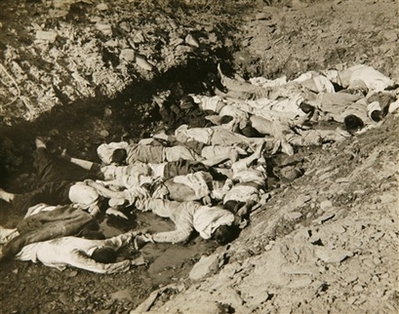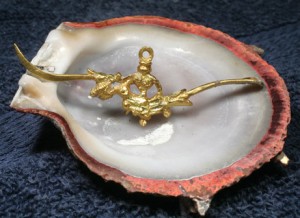In 1950, South Korean military rounded up thousands of prisoners and sometimes under the watchful eye of American military observers, shot them and buried them in ditches.
Those mass graves, long spoken of as “fiction” or leftist propaganda or else blamed on the North Korean army by US and South Korean officials, are still being uncovered today as the Korean Truth and Reconciliation Commission attempts to fulfill its brief.
The victims were supposed to be Communists working with the North Koreans, but according to a former prison guard/executioner who testified before the Truth and Reconciliation Commission, they were really garden variety criminals, peasants rounded up in random sweeps, even women and children.
The mass executions — intended to keep possible southern leftists from reinforcing the northerners — were carried out over mere weeks and were largely hidden from history for a half-century. They were “the most tragic and brutal chapter of the Korean War,” said historian Kim Dong-choon, a member of a 2-year-old government commission investigating the killings.
Hundreds of sets of remains have been uncovered so far, but researchers say they are only a tiny fraction of the deaths. The commission estimates at least 100,000 people were executed, in a South Korean population of 20 million. […]
The declassified record of U.S. documents shows an ambivalent American attitude toward the killings. American diplomats that summer urged restraint on southern officials — to no obvious effect — but a State Department cable that fall said overall commander Gen. Douglas MacArthur viewed the executions as a Korean “internal matter,” even though he controlled South Korea’s military.
Pictures of the massacres taken by a US Army major are among the documents recently declassified by the US government. I can’t find them on the National Archives website, but there are several included in the AP photo gallery.




